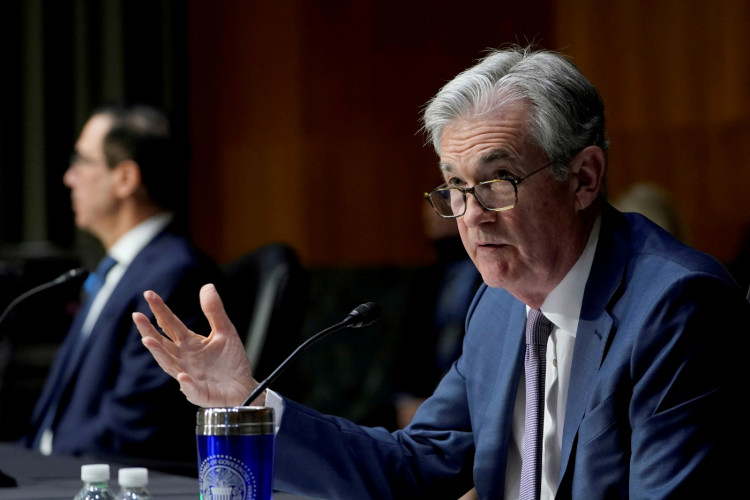In a surprising turn of events, Federal Reserve Chairman Jerome Powell, who was previously firm in his stance, signaled a readiness to lower interest rates, marking a significant shift in policy direction.
The Federal Reserve's recent decision to maintain a dovish stance, as indicated in the dot plot, shows that more than half of the Fed officials expect at least three rate cuts next year. Powell, who had been trying to curb market expectations of rate cuts, acknowledged in a post-meeting press conference that the prospect of lowering interest rates was a topic of discussion.
Nick Timiraos, known as the "New Fed Communications Agency," noted on Twitter that Powell's stance has dramatically changed in just about two weeks:
- December 1: "It's a bit too early to guess when policy might start to ease."
- December 13: "Rate cuts are entering our sight, and we started discussing the issue."
This shift in Powell's attitude over two weeks suggests he might have recognized a crisis that the market has overlooked. ING Group analysts believe Powell might have seen a looming crisis in areas sensitive to high interest rates, such as commercial real estate, the rental market, or private credit. Although the exact reasons behind the market's ignorance are unknown, the consequences of past rate hikes might be more severe than anticipated.
The U.S. Treasury Secretary Janet Yellen's recent statement that the current decline in inflation means that real interest rates are rising, even as nominal rates remain unchanged, seems to provide a rationale for the Fed's potential future rate cuts.
Areas of Potential Crisis The commercial real estate sector in the U.S. has been plagued with negative news throughout the year, including large-scale property defaults, declining office occupancy rates, and difficulties in refinancing due to rising interest rates.
High interest rates have dampened consumer home-buying intentions, while limited lending capacity of banks and financial institutions has similarly suppressed housing demand. Data from the Mortgage Bankers Association (MBA) shows that rising rates have led to mortgage applications falling to their lowest levels in nearly 30 years.
Furthermore, the U.S. remote working trend continues to rise, pushing office space vacancy rates to historic highs. McKinsey warns that in the worst-case scenario, office building prices could drop by an average of 42%.
Inflation and unemployment are also pressuring the rental market. According to the U.S. Apartment List National Rent Report, the ApartmentList national rent index fell 0.9% month-over-month in November to $1,340, marking the fourth consecutive month of decline. Seasonal factors are likely to cause further declines in rent in the coming months.
The Role of Real Interest Rates The Wall Street Journal points out that the Fed's dovish shift is partly due to the role of real interest rates. Although the Fed officials raised their forecast for the benchmark rate by 50 basis points in September, they maintained their forecast for core PCE in 2024 at 2.6% and even lowered their median forecast for core PCE in 2023 to 3.7% (from 3.9% in June).
The December SEP further reduced the core PCE forecasts for 2023 and 2024 to 3.2% and 2.4%, respectively. From September to December, the Fed did not adjust the benchmark rate but subtly raised the expected real interest rate by 50 basis points.
Since September, real interest rates have remained between 1.9% and 2.5%. For the Fed, this level might already be sufficient to cool the economy.






